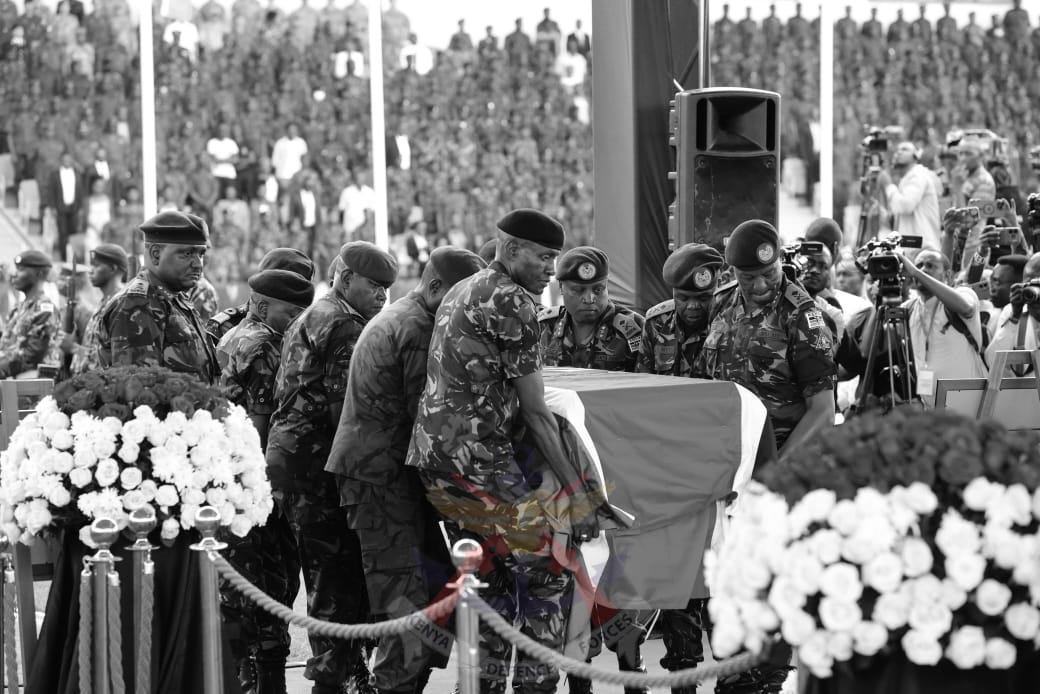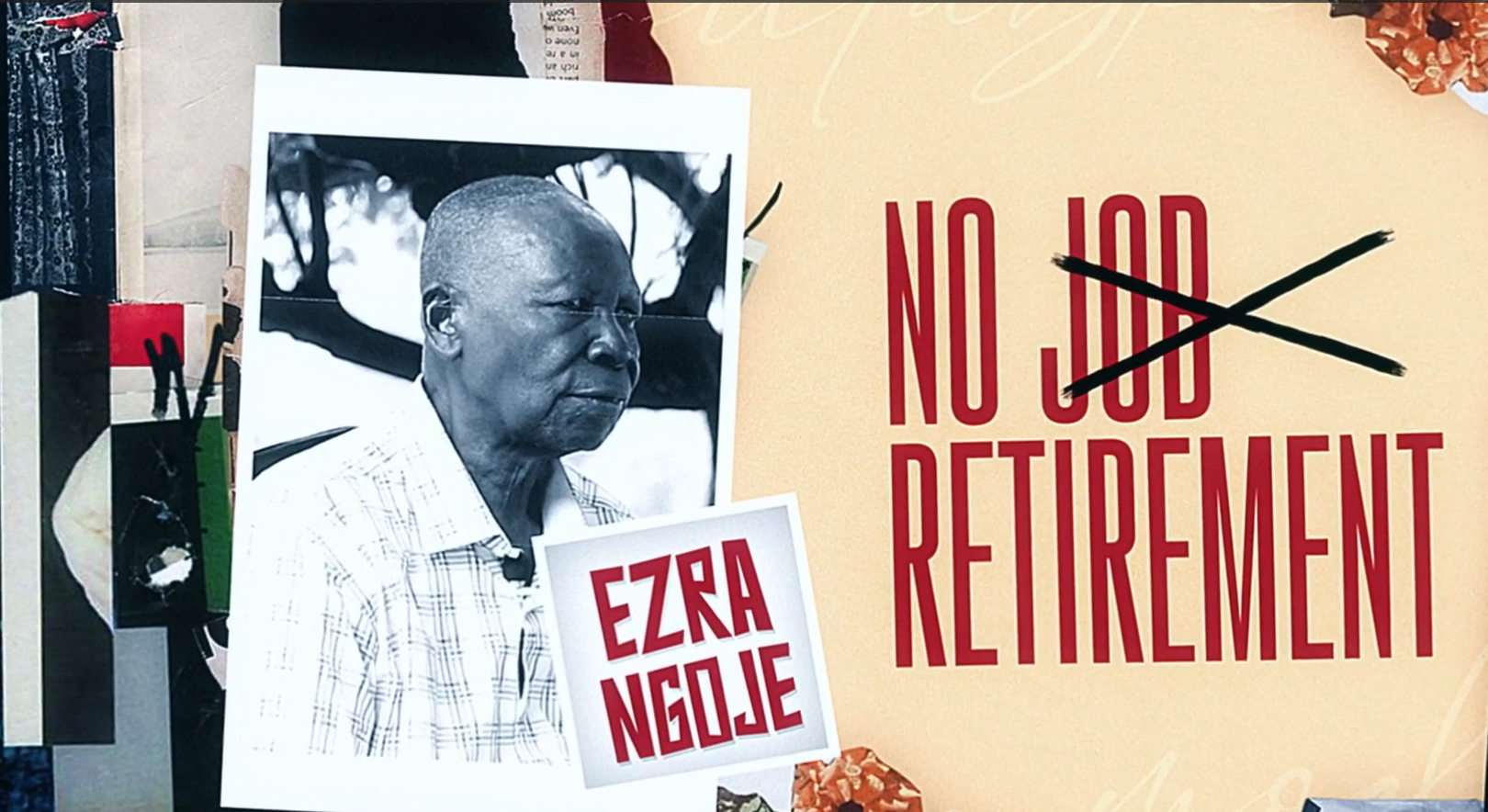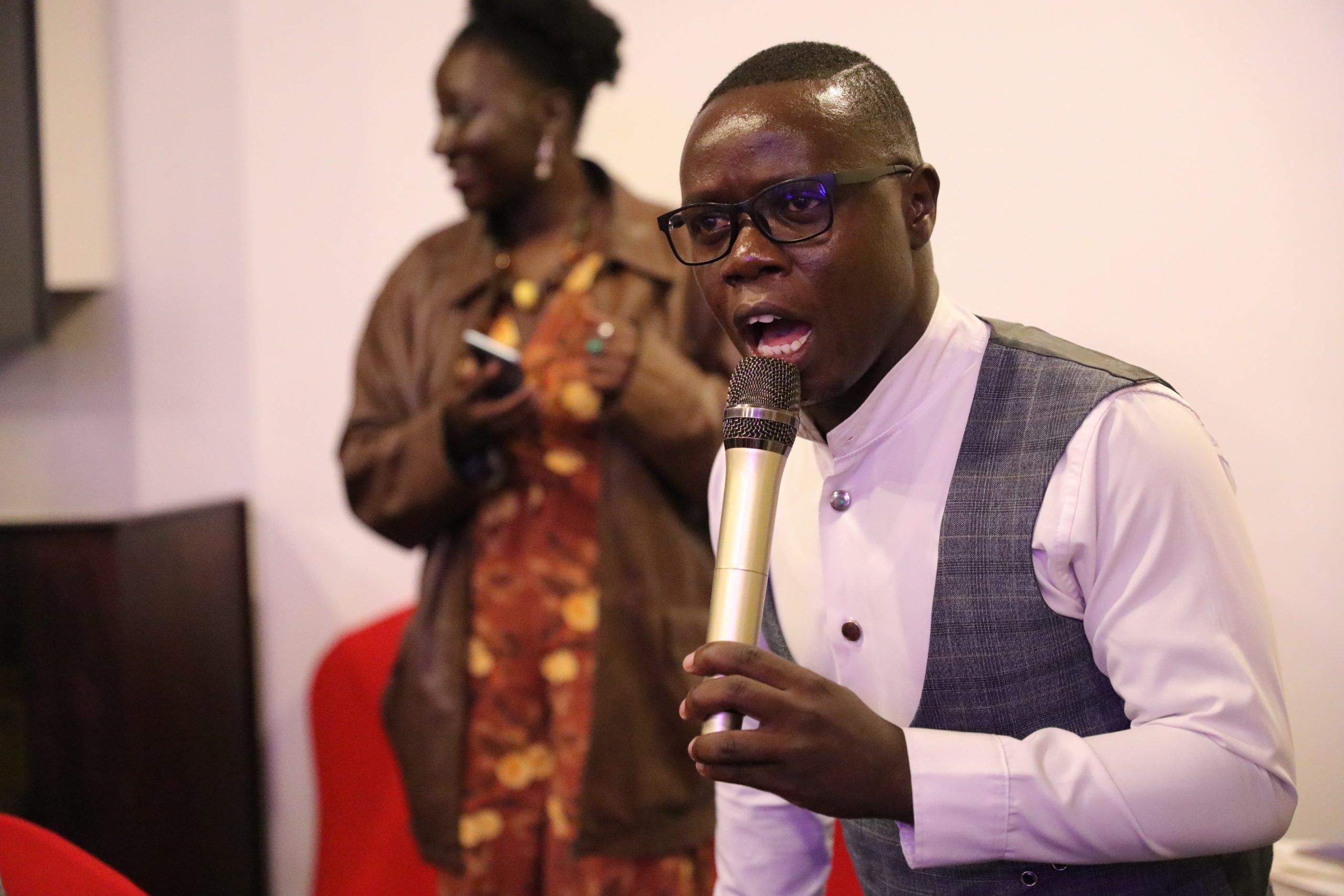The chaotic burial of Abbeny Jachiga was a powerful statement by the Luo on the limits of the power of the state over the cultural decision of how to bury the community’s dead.
It was a huge flashpoint that brought to the fore the impact of the Covid-19 pandemic over cultural practices as the state ordered quick internment of dead bodies in the name of public health safety.
After the years of quick silent burials, the news that General Francis Ogolla would be interred in 72 hours accompanied with a simple ceremony, a cheap casket from which he would be removed and wrapped in simple clothing before the interment was taken without the expected communal shrug.

Burial of customs
Truly the passage of time has reshaped the way the Luo bid farewell to their departed loved ones. The community had come a long way from imposing the influence of the ancestors to respecting a man’s will.
Long ago, when a member of the community passed away, the entire village would unite in mourning.

Weeks would pass as preparations for the funeral unfolded to allow relatives from far and wide to converge, sharing in the burden of grief and the solemn duty of honoring the departed.
The elders of the Luo community would gather each evening and discuss the impending burial, deliberating over the sacred duty of determining the final resting place for the departed.
Relatives, friends, and neighbors would gather outside the family homestead every night throughout the hours that stretched into the early morning where the memories of the departed would be relived and the community would be allowed to let him go or her go.
A solemn event would be made light on the tongues of tribal songs and lately religious hymns and offered prayers for the soul of the departed.
The community also came together donated food and slaughtered bulls ensuring food was prepared in abundance as a gesture of hospitality.
Legendary mourning

As the deceased was brought home, the mournful note of the siren would be heard a few kilometers away. People would gather along the roadside, their faces doubled over with anguish.
Some fell to their knees, their cries mingling with the dust of the earth as they beat their chests in a gesture of profound despair. There were those who could bear the weight of their grief no longer. They collapsed to the ground, their consciousness slipping away into the darkness of unconsciousness.
The body would lie in repose for two days, allowing loved ones to pay their final respects and find solace in each other’s presence. Days would blend into nights as the community feasted, finding solace in unity and tradition.
After the burial, life would come to a standstill as families retreated into mourning; the women of the family would shave their heads, a symbol of mourning that echoed across generations. The other family members were expected to stay home for a while until the passage of time softens their grief.
Christianity and modernization
But as the years rolled by, change swept through the Luo community, bringing with them new ideologies and practices.
The embrace of Christianity and the influence of Westernization began to reshape the cultural landscape, challenging age old traditions and beliefs. Slowly but steadily, the rituals surrounding death and burial started to evolve.
Perhaps the most talked about tradition that is under threat is the carnival- like food preparations that accompany Luo burials. Food often takes up the bulk of funeral costs followed by the cost of the coffin and lately grooming of the dead.

While modern catering companies have made feeding mourners easier, for bereaved families, by taking up the logistics, it has also doubled the cost of operation. Many are, hence developing alternative ideas like shortening the mourning period to reduce the expenditure.
The rising cost of living has forced families to be frugal in their expenditure sticking only to the essentials. The living who currently have been exposed to different religious practices, cultures, autonomy, and the desire to shield their families from strain and exploitation upon their demise have resorted to planning for their death while still alive. Some document very pragmatic and modest burial wishes through wills while others verbalize their wishes to senior members of community.
Covid
The Covid19 pandemic has also quickened the change after families went through two years of burying their loved ones without ceremony.

Today, the pace of life has laso quickened, and so too has the process of bidding farewell to the departed and more families are opting for intimate ceremonies as opposed to communal functions.
Some choose to be buried mere hours after their passing, honoring their wishes or those of their family. Others opt for cremation, a practice once unthinkable in the traditional context.
The once elaborate mourning period has been truncated, replaced by a swift transition from grief to acceptance.
Discover more from Orals East Africa
Subscribe to get the latest posts sent to your email.








